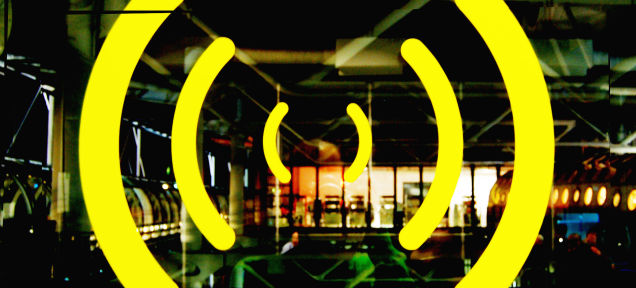Underneath every picture of a dog in a beekeeping suit and ice-bucket challenge video you see on the internet, there’s a complex framework of code. Soon, that framework will get a tiny tune-up that will make surfing the web on your phone faster than it’s ever been.
When the internet on your phone gets laggy, the culprit is almost always images. Images are, as a general rule, over half the data your phone has to download to display a page. Not because you necessarily need a high-res image for your teeny-tiny phone screen, but because your browser can’t stop itself.
As Ars Technica explains, this is just a consequence of how the internet as we know it today is shaped. Everyone used to use mobile-specific sites — m.whatever.com — where the images would be small and quick to download. But designing these sites and making them work well was a pain in the arse for everyone, so eventually we all moved on to a modern day practice called “responsive design.” This is where webpages lay themselves out differently depending on the size of the screen they’re on. Go ahead and shrink down this window, and you’ll see Gizmodo transform into mobile view. This is handy, but it also means that your browser still downloads massive images even for a small screen, and there’s been no way to stop it until now.
Mat Marquis and other developers have come up with a solution in the form of a new piece of HTML called <picture>, which wraps an extra layer of data around image files. This layer lets web pages and browsers make important decisions about how to display images. Decisions like “Maybe I shouldn’t download those high-res photos since I’m on 3G right now.” The end result? Much faster mobile internet.
Of course a solution like that is only going to work if everyone agrees to use it, and the process of creating a new web standard is a nightmare, as Ars Technica recounts. But after an uphill battle, <picture> is on its way to wide acceptance; both Google Chrome and Firefox have agreed to adopt it by the end of the year. So whether or not you upgrade to a new speedier phone this fall, the mobile web is about to pick up its pace. [Ars Technica]
Picture: when i was a bird/Flickr
